Wild cats don’t have nine lives – their conservation begins with you!
100% of donations are sent directly to small wild cat conservation programs around the world.
Wildlife habitat is rapidly disappearing all over the world. Persecution, the bush meat trade, poisoning and the Asian medicine trade are also taking their toll on small wild cats. Field researchers are learning what these little cats need to survive, but equipment is costly, and they need your help. The African Golden Cat is one of the small cat species in need of your help.
The African Golden Cat Profelis aurata remains an enigma in the cat world. About twice the size of a domestic cat, they are very sturdy, powerful animals, with stout, relatively short legs and large paws. There are two colour phases: chestnut-red/fawn and silvery/dark slate-grey, of which the grey phase is often called the silver cat. Both red and grey phases occur in the same areas, and a few melanistic specimens have been recorded. Learn more
Thank you for your support!

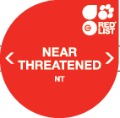
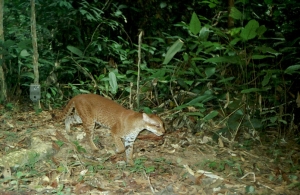
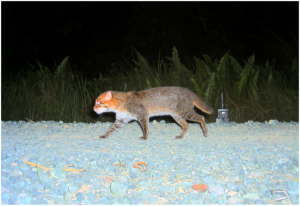


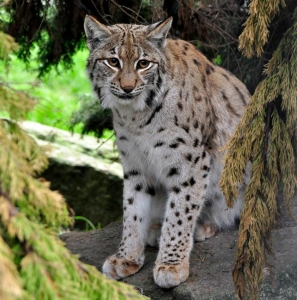
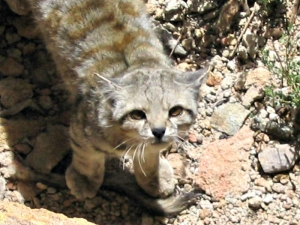

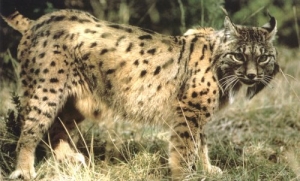
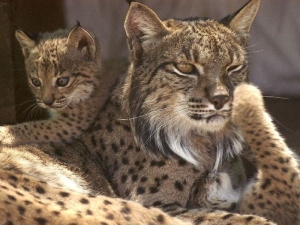

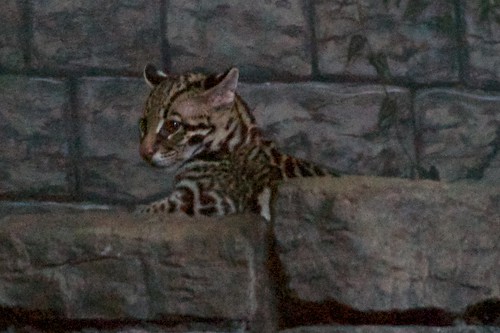

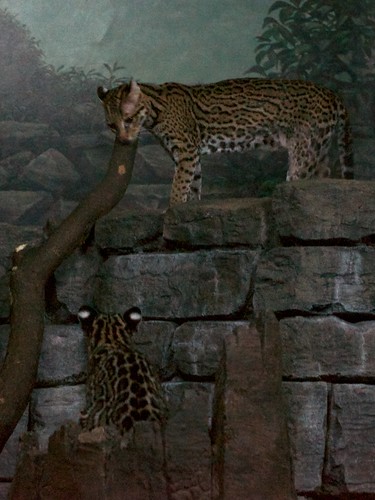
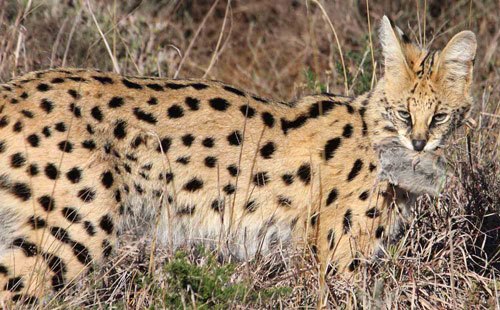
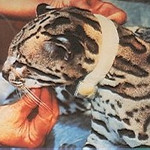 During the course of a year, we get a huge variety of questions via email. People send us cat pictures for identification, researchers are seeking funding, children ask about school projects and many inquire about our membership and programs.
During the course of a year, we get a huge variety of questions via email. People send us cat pictures for identification, researchers are seeking funding, children ask about school projects and many inquire about our membership and programs.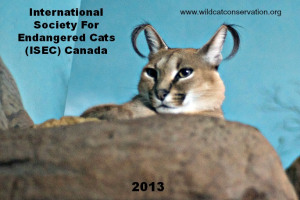 Thirteen gorgeous small wild cats are featured in this 2013 wall calendar, including photos taken in the wild and in zoos. There are some exceptionally rare photos in here this year! An ISEC Canada exclusive product.
Thirteen gorgeous small wild cats are featured in this 2013 wall calendar, including photos taken in the wild and in zoos. There are some exceptionally rare photos in here this year! An ISEC Canada exclusive product.